Should royals do more virtual engagements?
Prince William and Princess Catherine may benefit from a hybrid approach
Hello, Royal Clubbers, it’s Millie here.
Today we have an extra-special post for you, written by one of our Royal Club members, Audrey Symes.
You may remember Audrey shared her thoughts on Princess Catherine’s focus on Early Years in July, and she’s back again this month to discuss a phenomenon that came about during the COVID-19 lockdown – the virtual royal engagement.
I am sure we never thought we’d see Queen Elizabeth II on a Zoom call, discussing trivial matters like turning cameras on or unmuting oneself, but such was the world back then.
It’s with relief that we’ve all (mostly) moved back to in-person events, but here Audrey considers the pros and cons of royals doing virtual engagements, and whether their reach might be greatly increased by going back online.
Take it away, Audrey…
As we move further into what is traditionally the slowest season for engagements by the Prince and Princess of Wales, it seems a good time to revisit the question of whether the virtual royal visits that were relatively commonplace during the height of the COVID era would be ripe for revival and expansion.
Global reach
Virtual royal engagements can be recorded and posted or even streamed live globally, giving them instantaneous global reach with respect to both audience and participants. The royal family has long been known and celebrated for its unique convening power, bringing together all different kinds of people who might not otherwise collaborate in the service of an important cause.
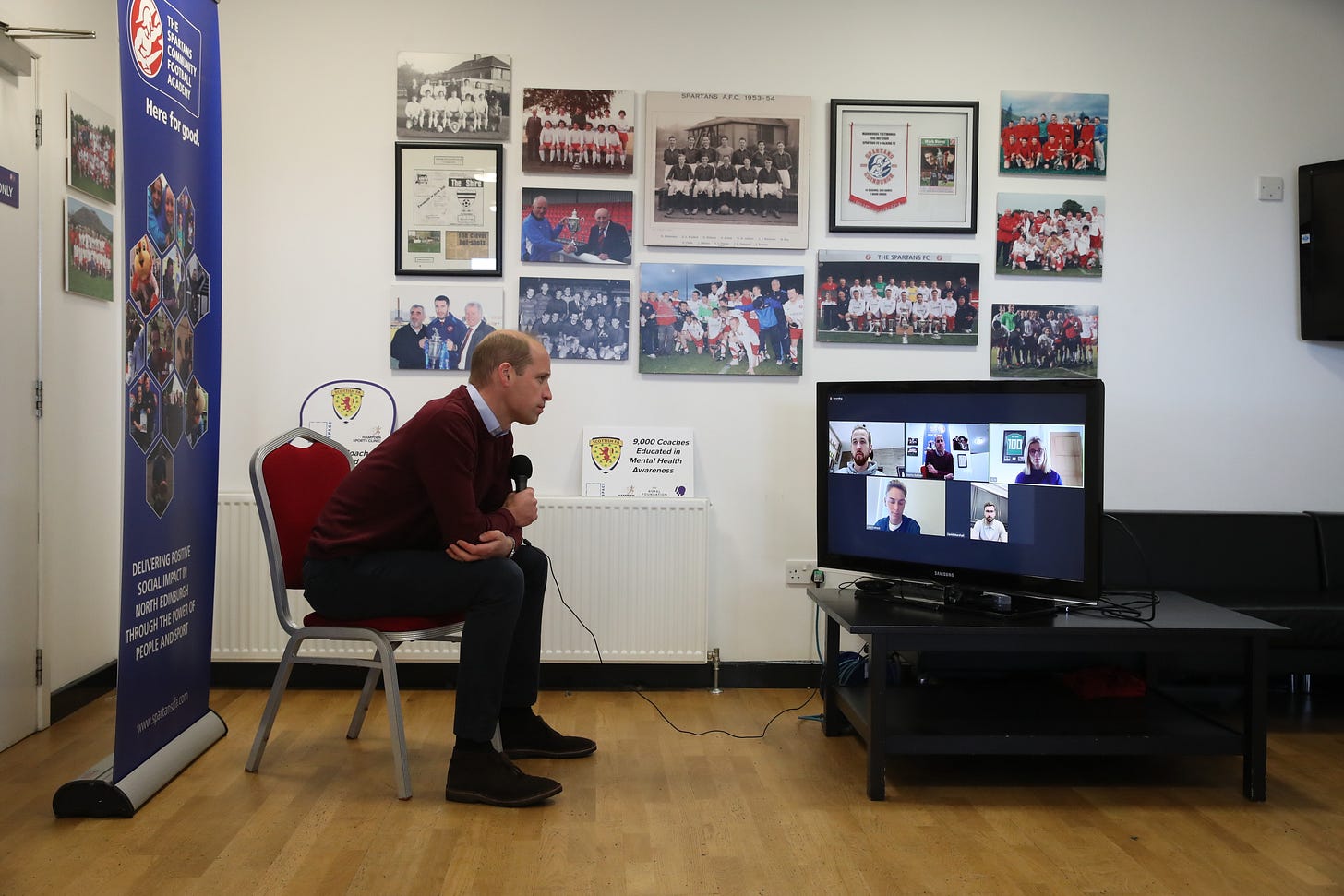
One recent example is the Prince’s Homewards project for which he has assembled interested parties across the board such as advocates, local authorities, and businesses who have not previously shared insights and best practices. Working together, they can fill in each other’s gaps, magnify their understanding of the issue and create comprehensive plans with many viewpoints considered to show how homelessness can be solved.
Truly, no one adds value in this way better than the Prince and Princess, so why not extend their reach? The Prince could conduct chats with homeless experts, organizations and advocates around the world, expanding his body of knowledge and offering new perspectives to the public.
As for the Princess, her Early Years work is full of potential for enhancement via virtual engagements.
She could undertake virtual mini tours of multiple baby banks during a themed call similarly to her first major baby bank engagement in August 2020, which incidentally resulted in greatly heightened awareness of baby banks and increased corporate sponsorship.
Princess Catherine could also conduct panel interviews of a worldwide range of experts on particular early years sub-topics such as play based learning, encouraging early literacy, and numeracy or tips on how to promote speech development, so parents could easily gain and incorporate that knowledge in real time.
She could virtually tour baby banks outside the UK and ask about successful programming to help British baby banks spark new ideas.
In this way, virtual visits can add meaningful dimension to the high-impact, cause-based campaigns the Prince and Princess prefer.
A lasting record
Recorded virtual visits could be easily replayed and referenced by interested groups, as well as easily reposted by their participants, to maximize their impact long-term with respect to awareness and donations.
Value for money
Adding virtual engagements increases the Royal‘s total annual count while minimizing travel and security cost. It’s a convenient way for them to build out their repertoire of public service and demonstrate the modernity and adaptability that is important to highlight as modern Royals.
Dilution of value
Just as convening power is a signature quality of the royals, so is their presence, which is exemplified by the crowds who gather to meet them at each engagement for a selfie, a chat or just a special memory, Indeed, the ability to casually meet and greet a royal at a walkabout is a special part of British culture - think about how few Americans could stroll up to the President and First Lady to shake hands! This aspect of royal appeal would be diluted in a virtual setting, which could diminish overall messaging impact.
Lower media appeal
Virtual visits are more challenging for reporters with respect to coverage and content creation, which limits their longevity in the news cycle.
Unequal comparisons
There could be a perception of second tier status for organizations and individuals to receive a virtual visit rather than an in-person one, especially for those who are local and relatively accessible.
A ‘hybrid’ approach?
While clearly not a replacement for their full program of appearances, virtual engagements nonetheless have a lot to offer and add to the repertoire of the Prince and Princess of Wales – continuity, consistency, convenience, and an extra dash of detail.
They are ideal for keeping the Prince and Princess’ ideas and causes at the forefront of public awareness and for maintaining public presence and connection.
When thoughtfully considered and skillfully developed, they are a valuable complement to traditional engagements, especially for the high-impact causes such as homelessness, environmentalism, and early childhood development that the Prince and princess cherish and consider as their legacy.
Very many thanks to Audrey for sharing such a range of pros and cons on this fascinating issue. I have to say, I found myself considering Zoom in a new light…
Do you agree with Audrey? Let us know your thoughts in the comments below.
If you're passionate about a particular subject and want to follow in Audrey's footsteps by submitting a post, please do get in touch. We'd love to hear from you.
Further reading
Royal holiday habits: from Queen Victoria to the present day



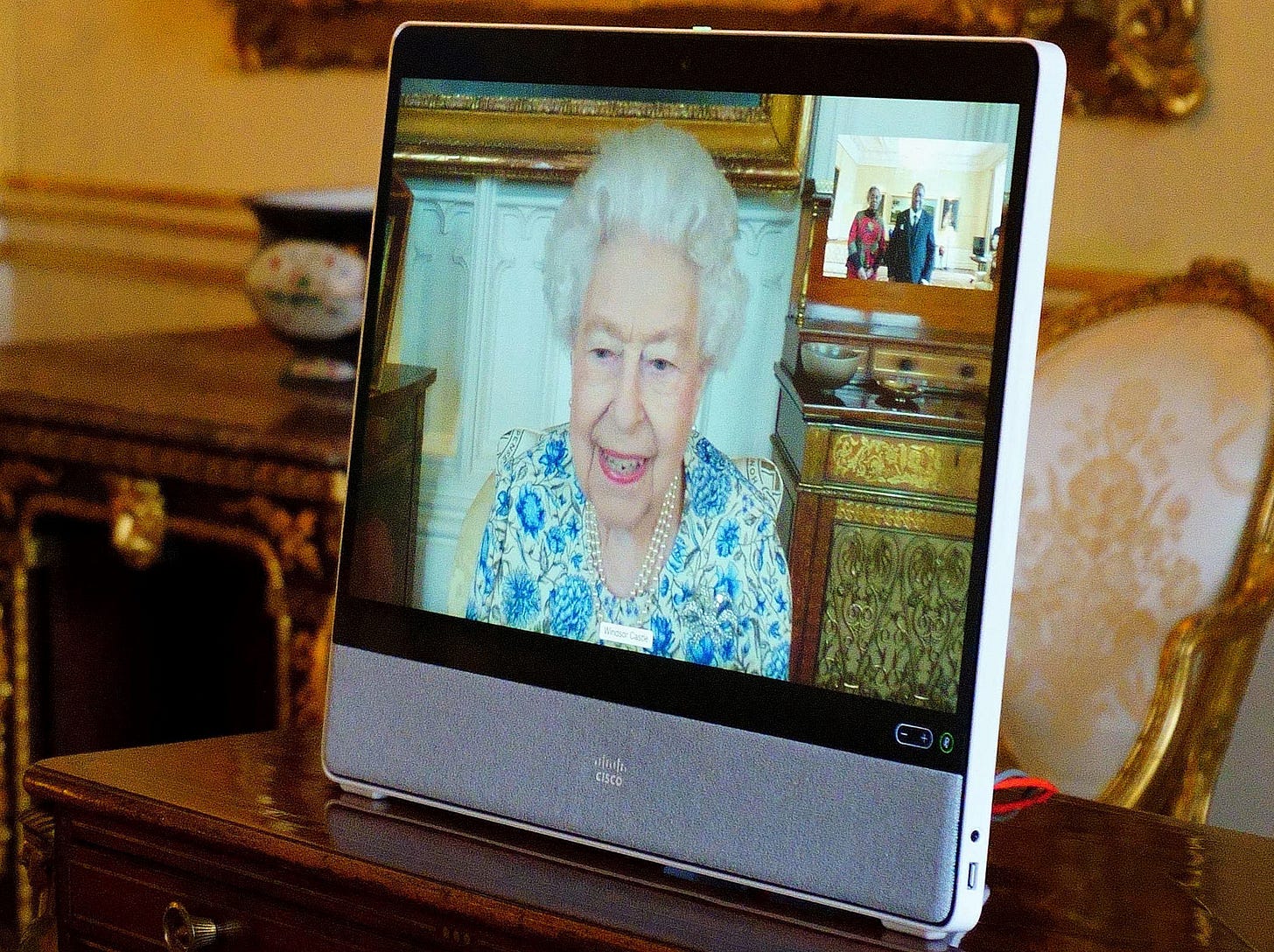
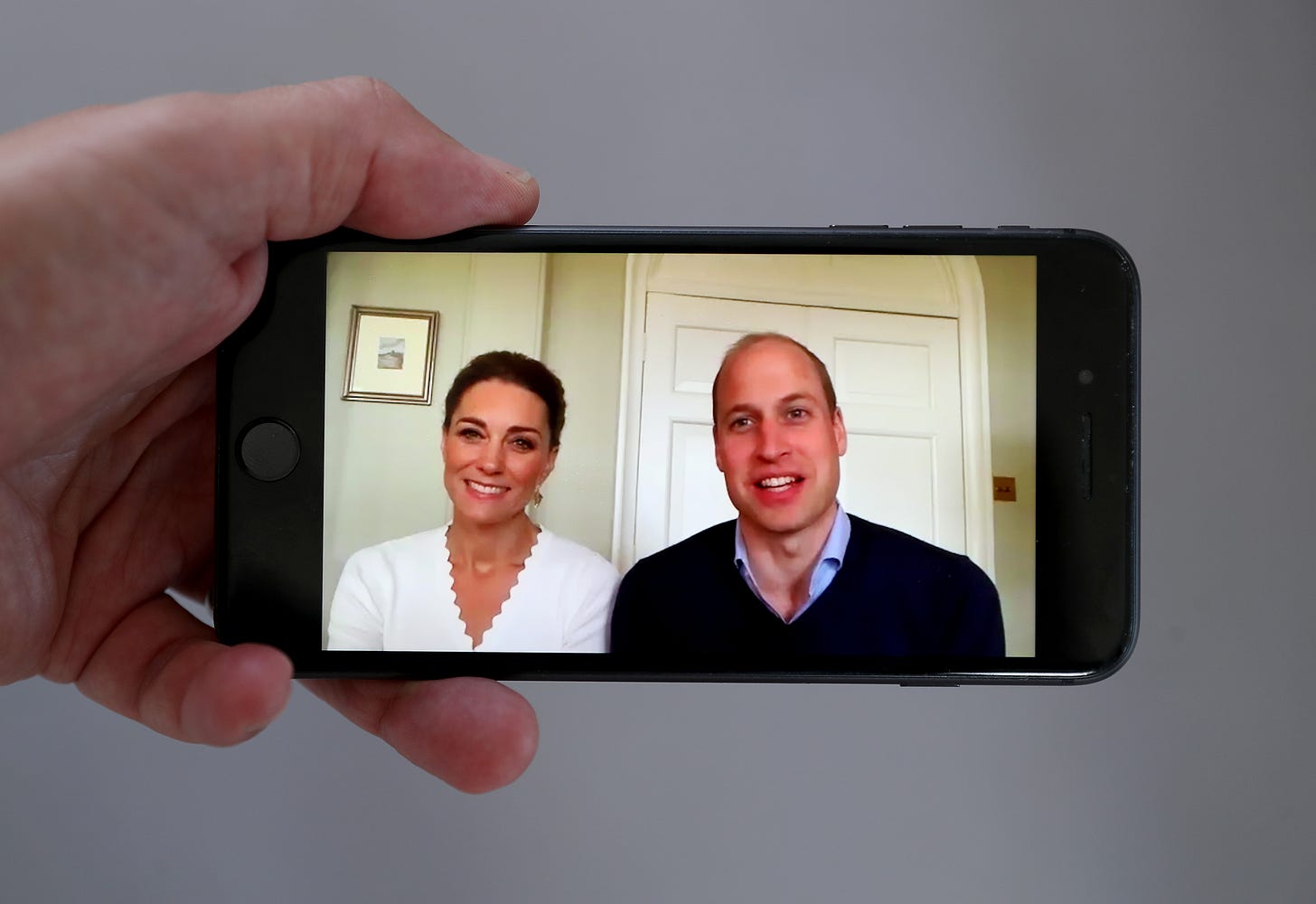
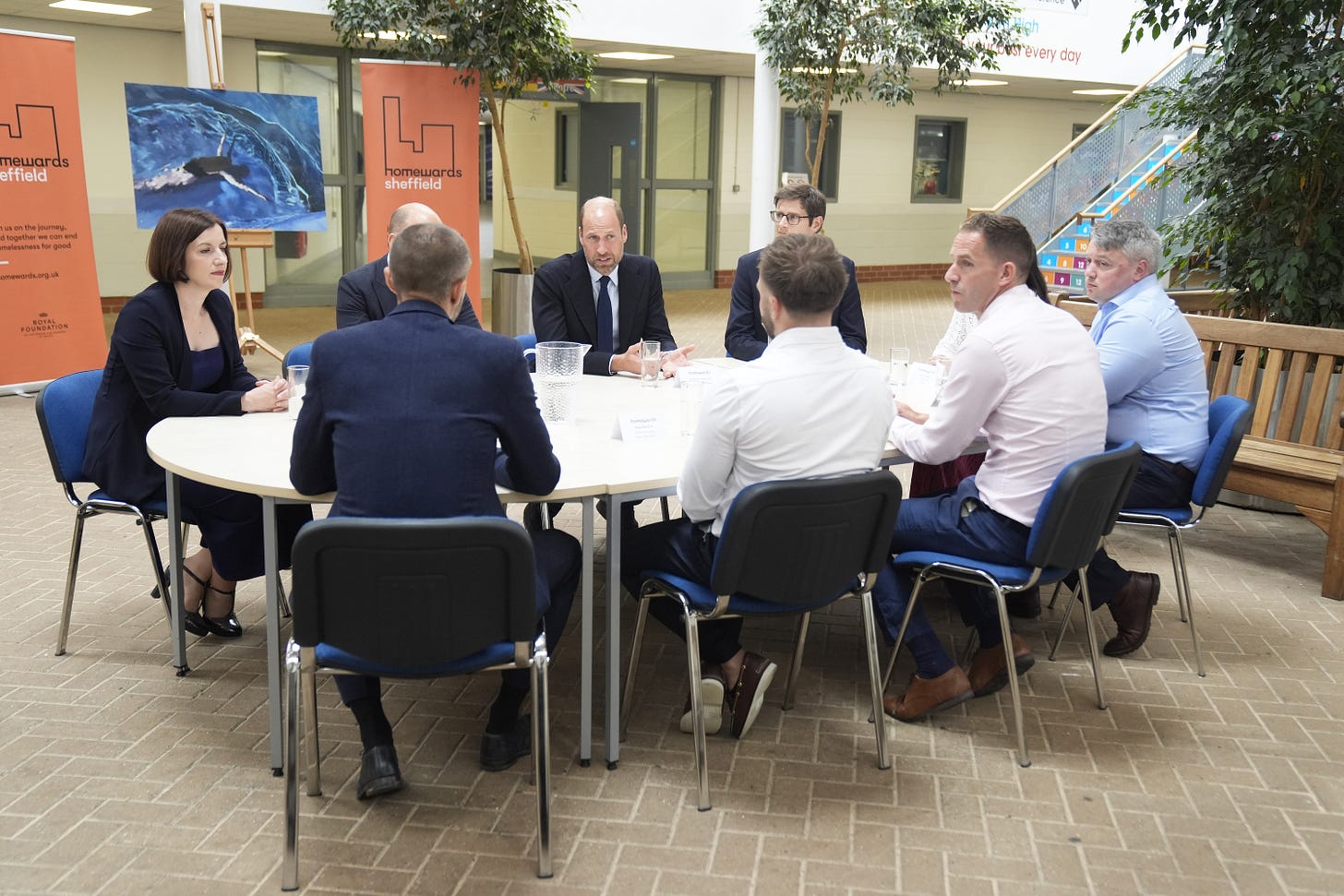
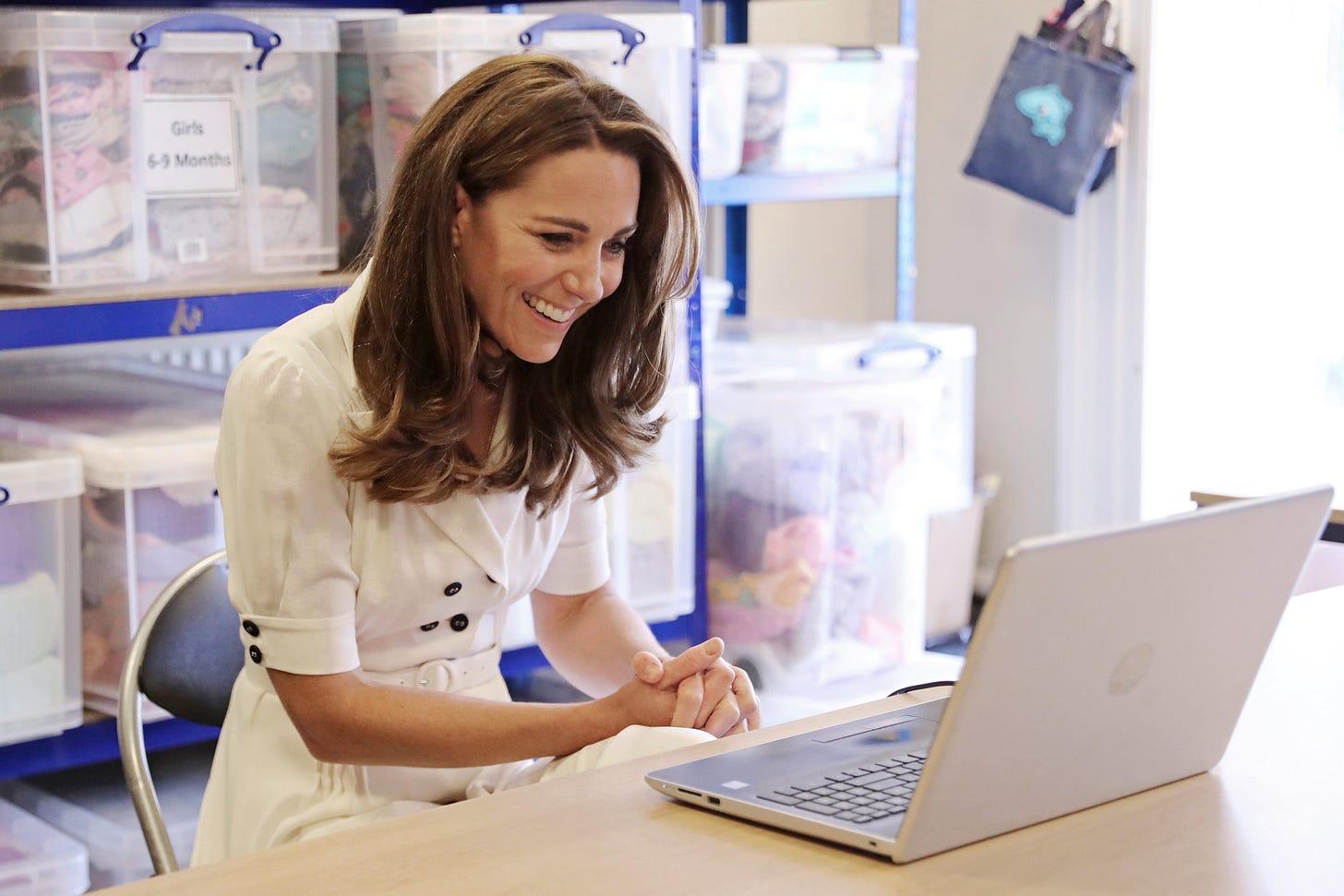
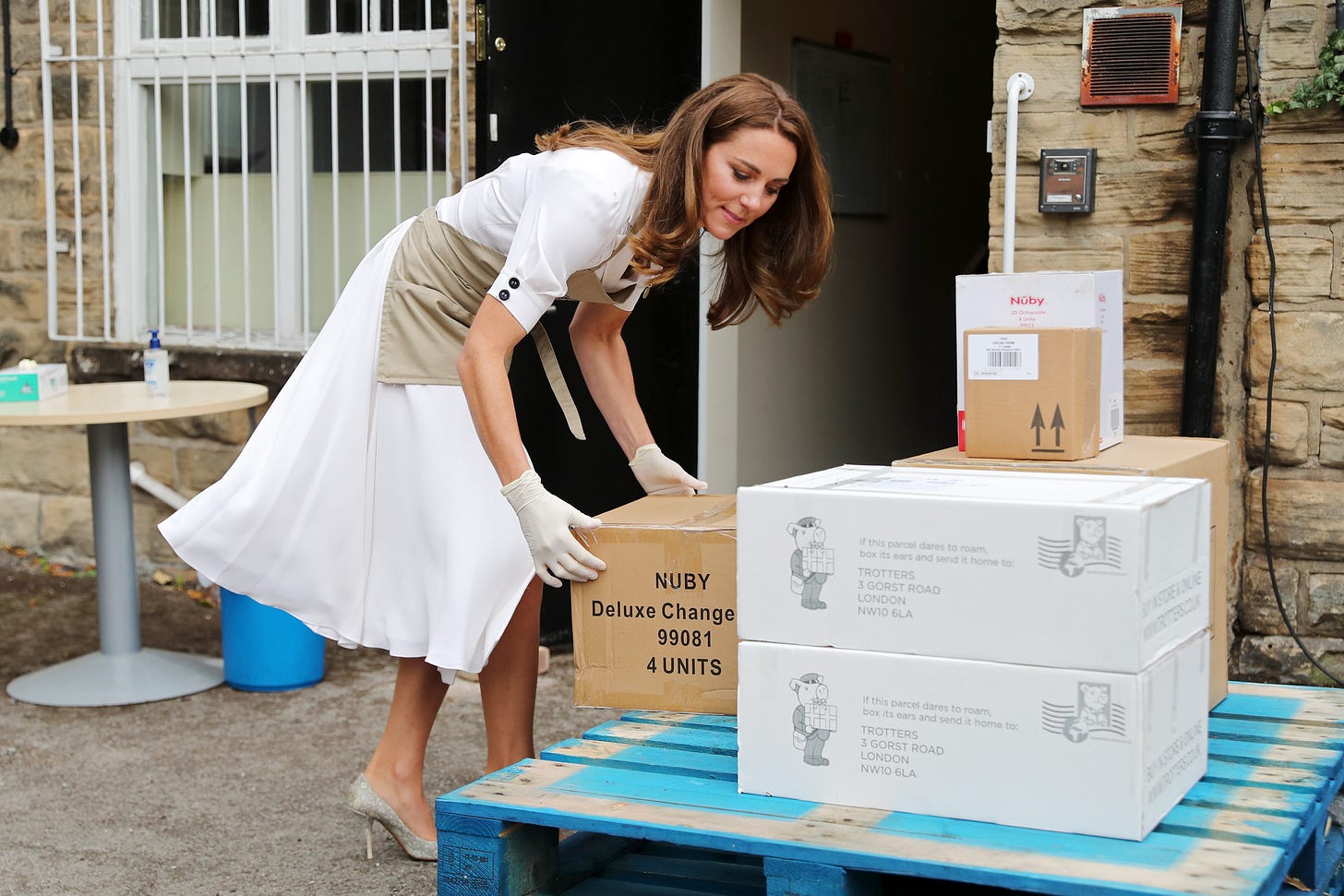
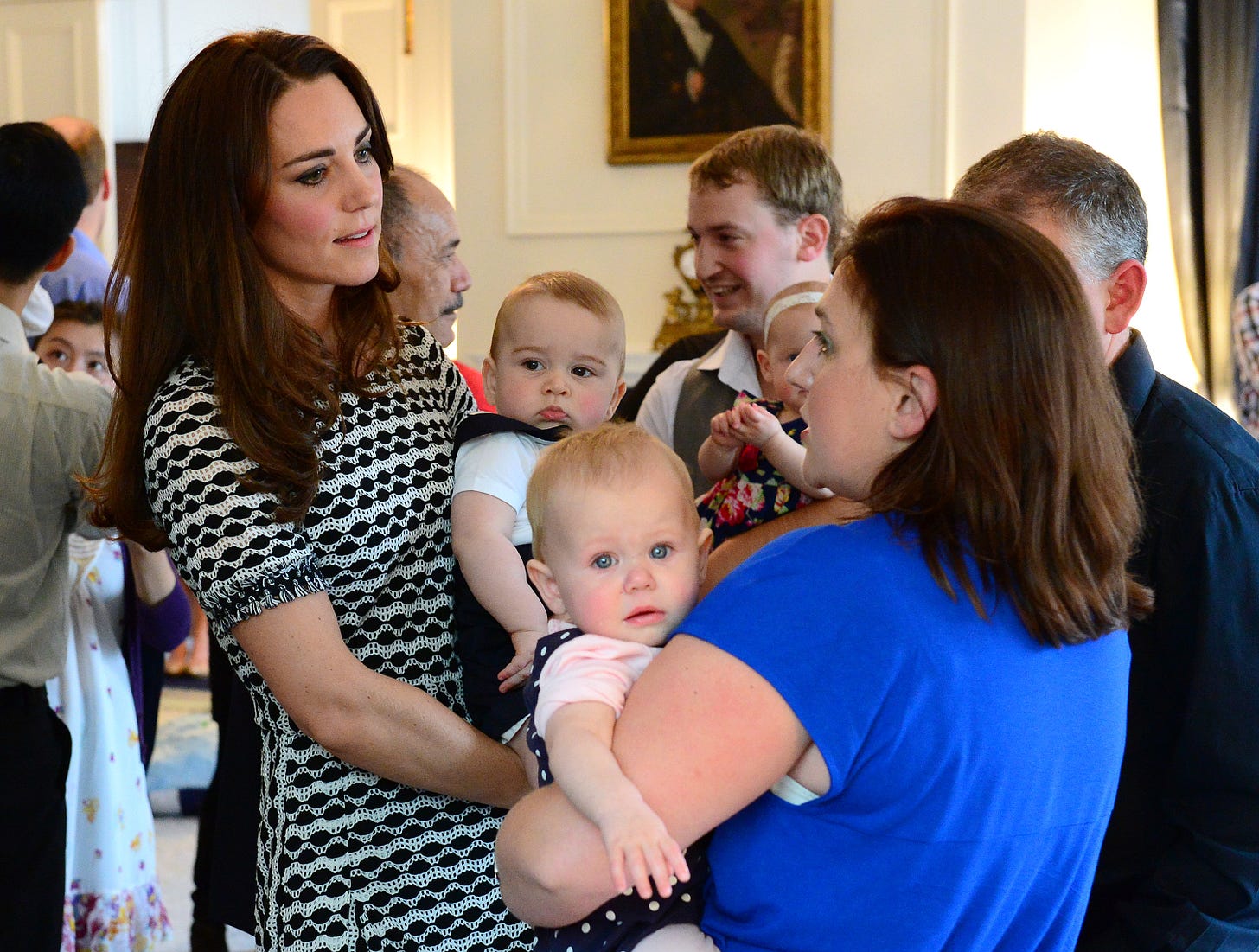

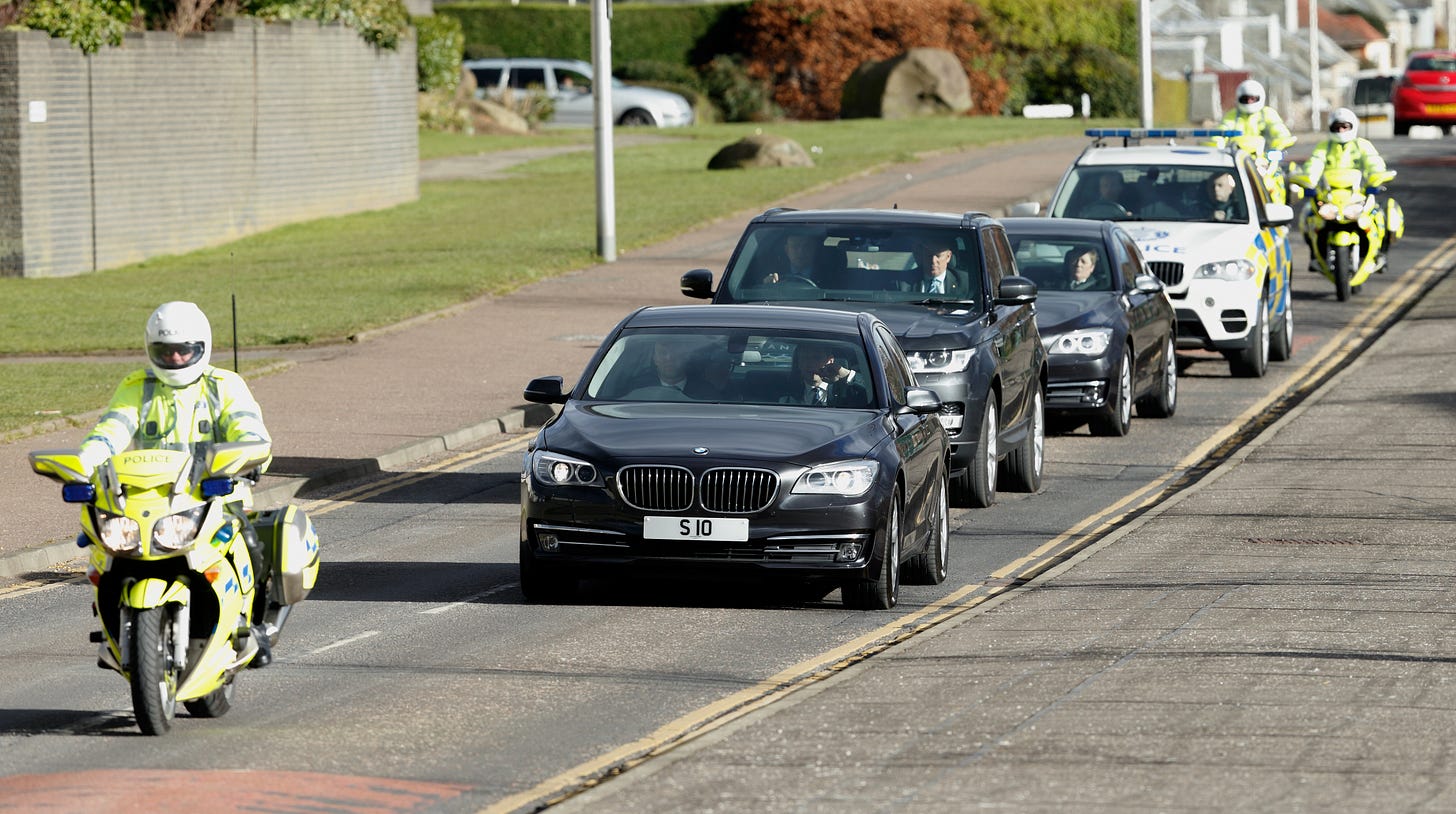
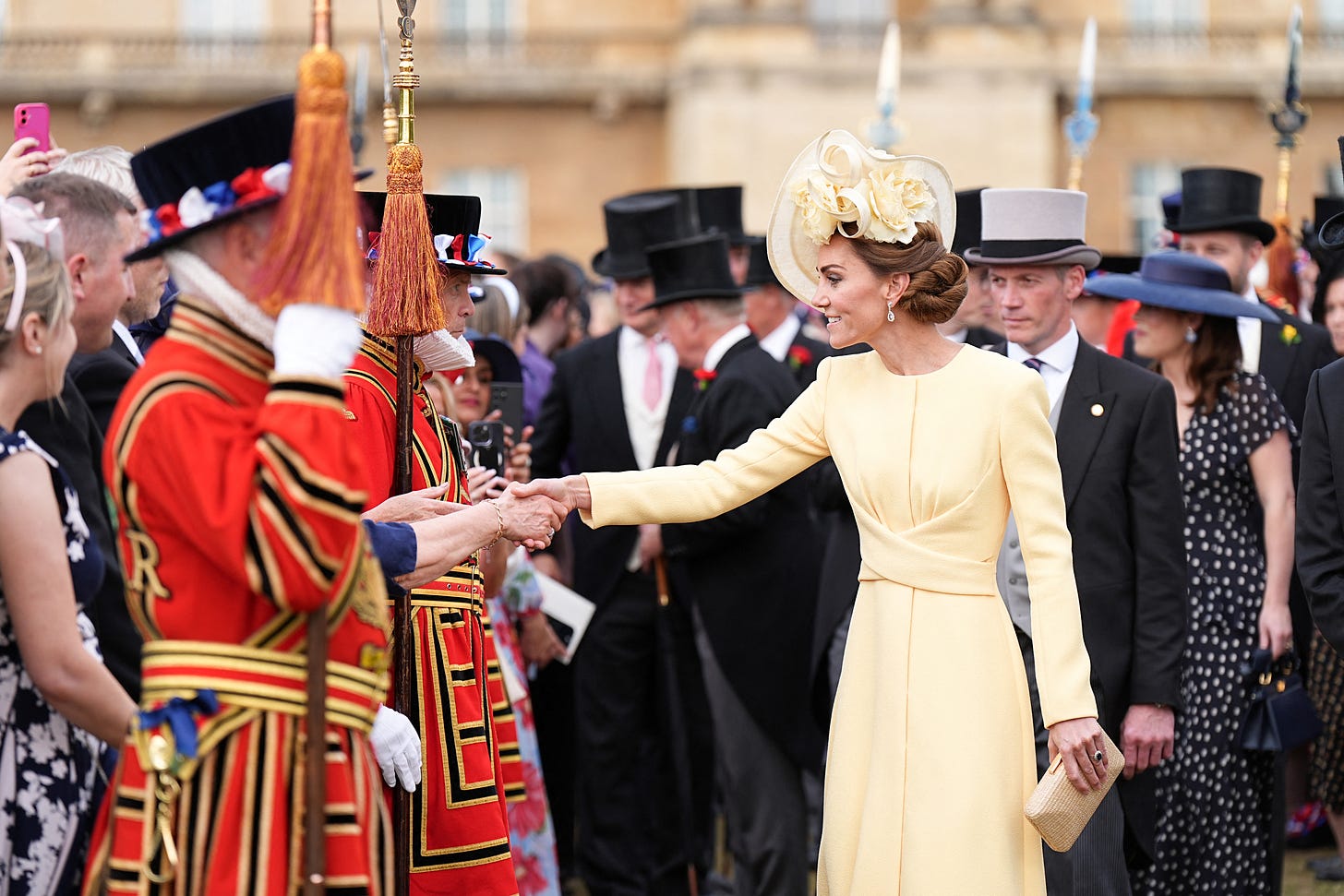
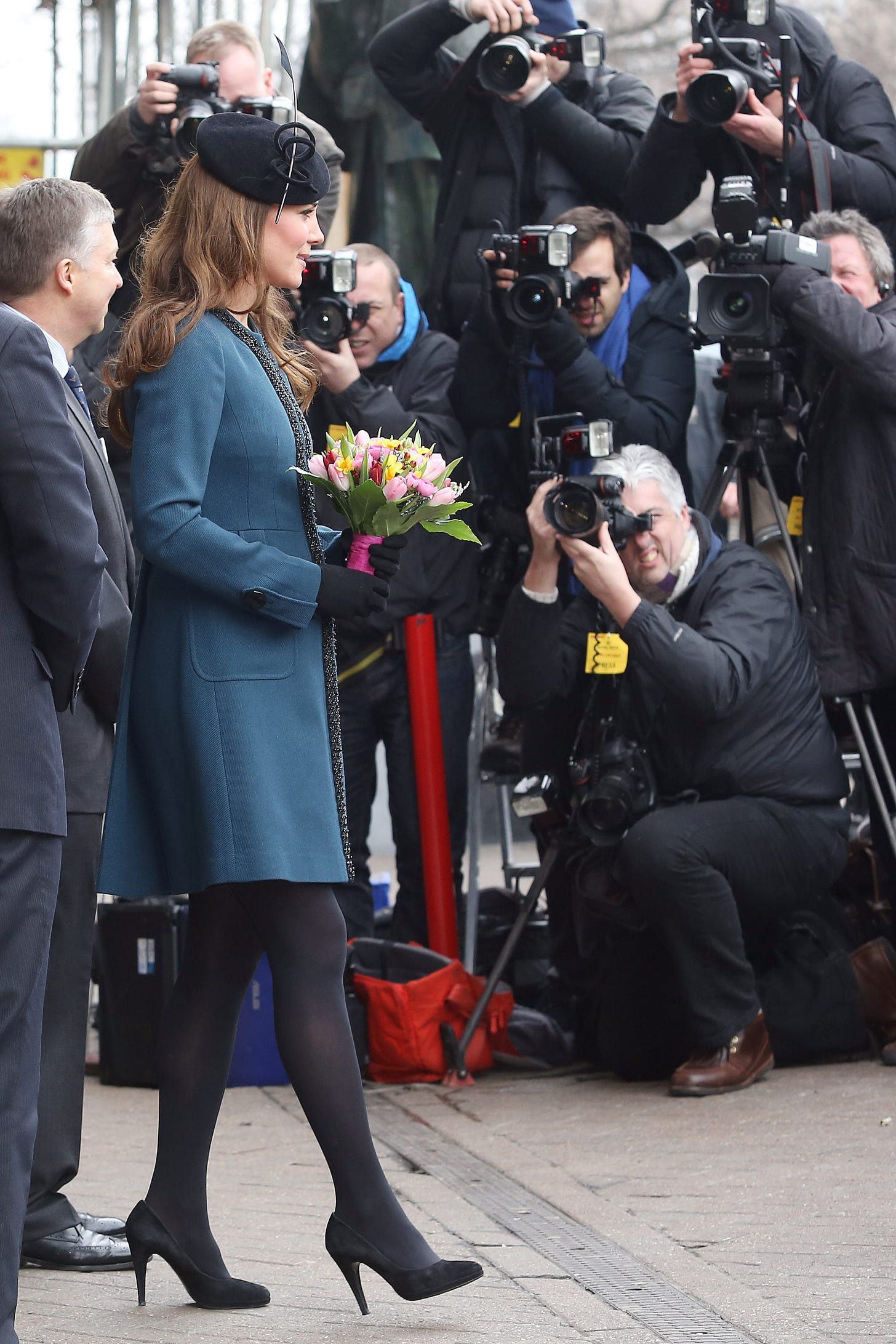

They can do additional ones. But it should not supplant what they should be doing in person.
Virtual meetings will improve public participation